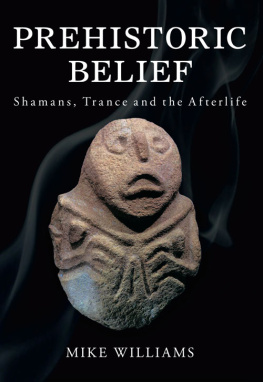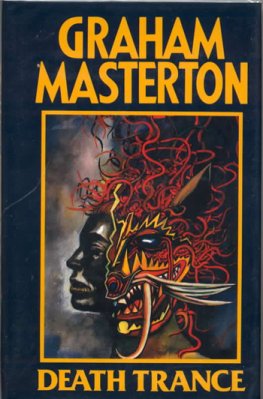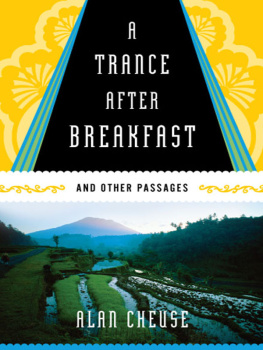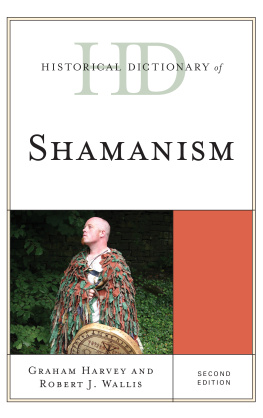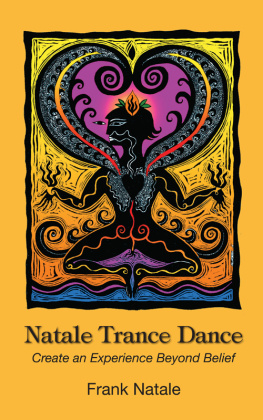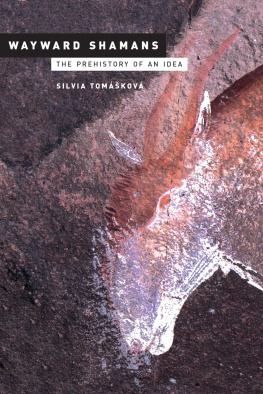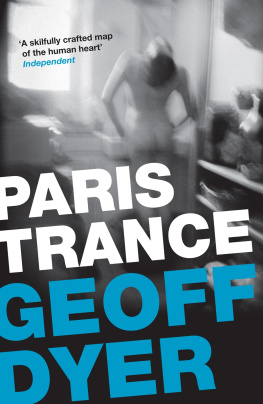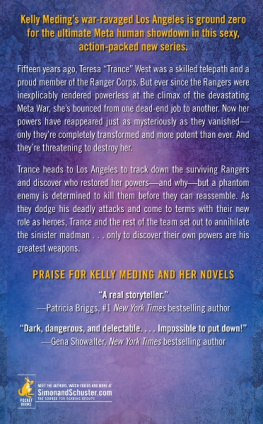
For Richard Bradley
In gratitude for conversations past
and in anticipation for those yet to happen
There are many who have touched this book over the years of its gestation and it is part of the privilege of seeing it in print that I am able to finally acknowledge their help and guidance.
The genesis of the book was with my research towards my PhD degree and so my first debt is to the Archaeology Department of the University of Reading for their help and support in nurturing my progress. John Creighton and Martin Bell sat on my advisory group and Sturt Manning, Bob Chapman, Heinrich Hrke, and Steve Mithen were always extremely supportive of my work. I would like to thank the Arts and Humanities Research Board for providing a Postgraduate Studentship to cover the entire three-year research period and, additionally, the Faculty of Letters and Social Sciences at the University of Reading for a scholarship over the same period. Thomas Dowson was an illuminating examiner of my thesis and I enjoyed our conversations on all things shamanic.
The librarians of the University of Reading, the Sackler Library, the Radcliffe Science Library, and the Bodleian Library, all in Oxford, have been extremely helpful in obtaining references. Without such support, new research would cease.
Dave Yates, Dave Mason, Kirsti Bambridge, Jill York, and Debbie Wander have always been extremely generous with sharing their work and ideas and have greatly added to the book.
The credits for the illustrations are noted elsewhere but Giovanni Caselli, Helga Schltze from the National Museum of Denmark, Kurt Wehrberger from Ulmer Museum, and Julie Gardiner of Wessex Archaeology were especially helpful.
At The History Press, my grateful thanks to Wendy Logue, Fran Cantillion, and Tom Vivian for being such superb editors and Gary Chapman for his help and support for so many years.
Dave Mason, Kirsti Bambridge, and Gudrun Minton read and commented on initial drafts of the book and I am extremely grateful for their patience and diligence.
My family have always been staunch supporters of anything I embark upon and this book has been no different. In particular, I just could not write without my wife, Vanessa, to support me. I should also thank my dog, Mabon, since he actually makes an appearance on one or two pages.
It is traditional to reserve the greatest debt until last and this book is no different. I explained at the beginning of the preface that I approached each chapter as if I was writing it for a tutorial with my MA and PhD professor, Richard Bradley. Anyone who knows Richard will understand that spending time in his company is illuminating, inspiring, and one of the best uses of time it is possible to make. His knowledge, ideas, and enthusiasm may make him one of the best prehistorians but it is his warmth, generosity, and humanity that make him one of the best people I know. I simply could not have written this book for anyone else.
CONTENTS
To an archaeologist, origins are important: the emergence of culture, the first farmers, and the change from bronze to iron are all examples of subjects that provoke endless discussion. This idea got me thinking as to the origin of this book, and I realised that it was when I was studying for my Masters degree in archaeology at Reading University. Each week, my professor, Richard Bradley, would meet with me and another student, Kirsti Bambridge, to discuss an aspect of our course. Richard would inform us of the subject and Kirsti and I would read up on it beforehand, ready to enjoy an hour of brainstorming with Richard. In this way, week by week, we developed an understanding of a large and complex subject without ever letting the excitement, enthusiasm, or sheer pleasure of studying it escape us (and it never did, even through the subsequent years studying for my PhD). I realised that I had approached writing this book in exactly the same way: imagining that I had been set a topic to cover with each chapter and then brainstorming it into a cohesive narrative. I hope that, in this way, the book retains something of the immediacy and enthusiasm with which I wrote it.
While I was clearly drawing on the work and research of others to formulate my ideas, I realised that, from then on, I often headed in my own direction. I am quite happy, therefore, to use a generous smattering of perhaps and possibly, because this is often as far as the evidence will allow me to go. Moreover, while I did not want to clutter the text with direct references to the works I have consulted, I felt that it was important to show interested readers where I obtained my information and the sources that I relied upon when forming my conclusions a foil for the bolder statements that creep in. Accordingly, I have written a series of endnotes that add a little more detail to the content of the chapters and also provide references for my source material. A subsequent bibliography does the rest. The reader can consult or ignore these endnotes entirely at their own inclination; no harm will befall the remaining text either way.
At its heart, I want this book to be a good read and, while avoiding playing fast and loose with the evidence, I have always erred towards this aim. I have also been aware that, in writing this book, I could not hope to equal the works of the specialists in each field that I cover. Prehistory is vast and involves so many sub-disciplines and attendant literature that it can make the head spin. Does this mean that books such as this, which attempt a broad sweep of the human condition across many thousands of years, should never be written? That is for the reader to decide, but I feel it is beholden on a writer at least to try. Ambition should not be faulted, even if the adequacy of the result deserves criticism by the specialist.
I also want this book to challenge the way we think about the past and I have therefore added short vignettes that attempt to recreate the ancient world and allow us, even if for a few brief moments, to journey there and experience it for ourselves. For me, the past must be touched if it is to have meaning. Since the available evidence necessarily limits these vignettes, there are times when they might obscure as well as reveal what is known about the period. Flights of fancy they might be, but they remain tethered by the evidence.
As any writer knows, books are like children you do your best bringing them up but, ultimately, you have to let them out into the world and allow them to make their own way. If you are about to embark on a journey through the following pages then it is to you, my reader, that I owe the greatest acknowledgement and debt. I sincerely hope that we will enjoy the time we spend with each other.
Introduction
Next page
